BI ready to cooperate on QRIS payment system with the U.S
The Indonesian Central Bank (BI) has expressed its readiness to cooperate with the United States in using the Quick Response Code Indonesian Standard (QRIS) digital payment system.
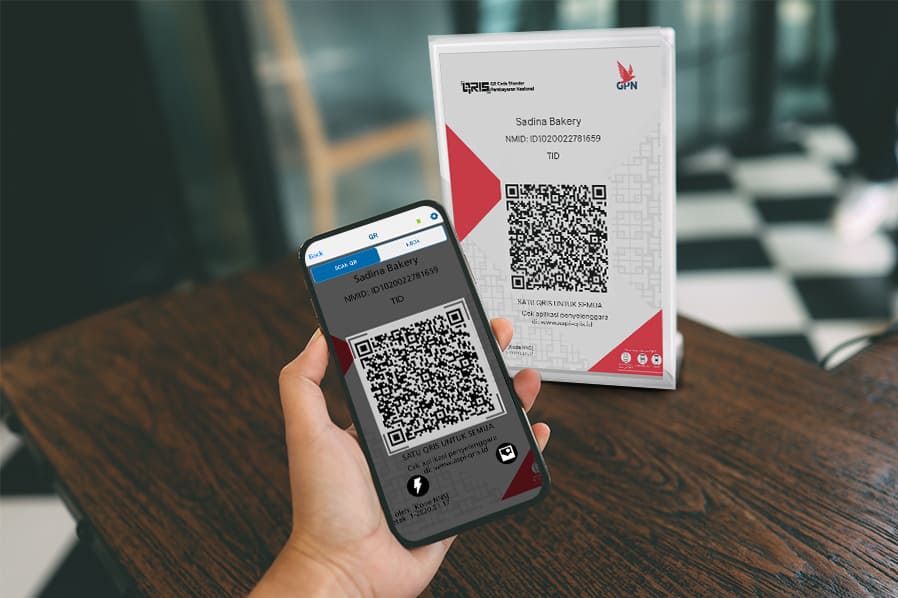
The Indonesian Central Bank (BI) has expressed its readiness to cooperate with the United States in using the Quick Response Code Indonesian Standard (QRIS) digital payment system.
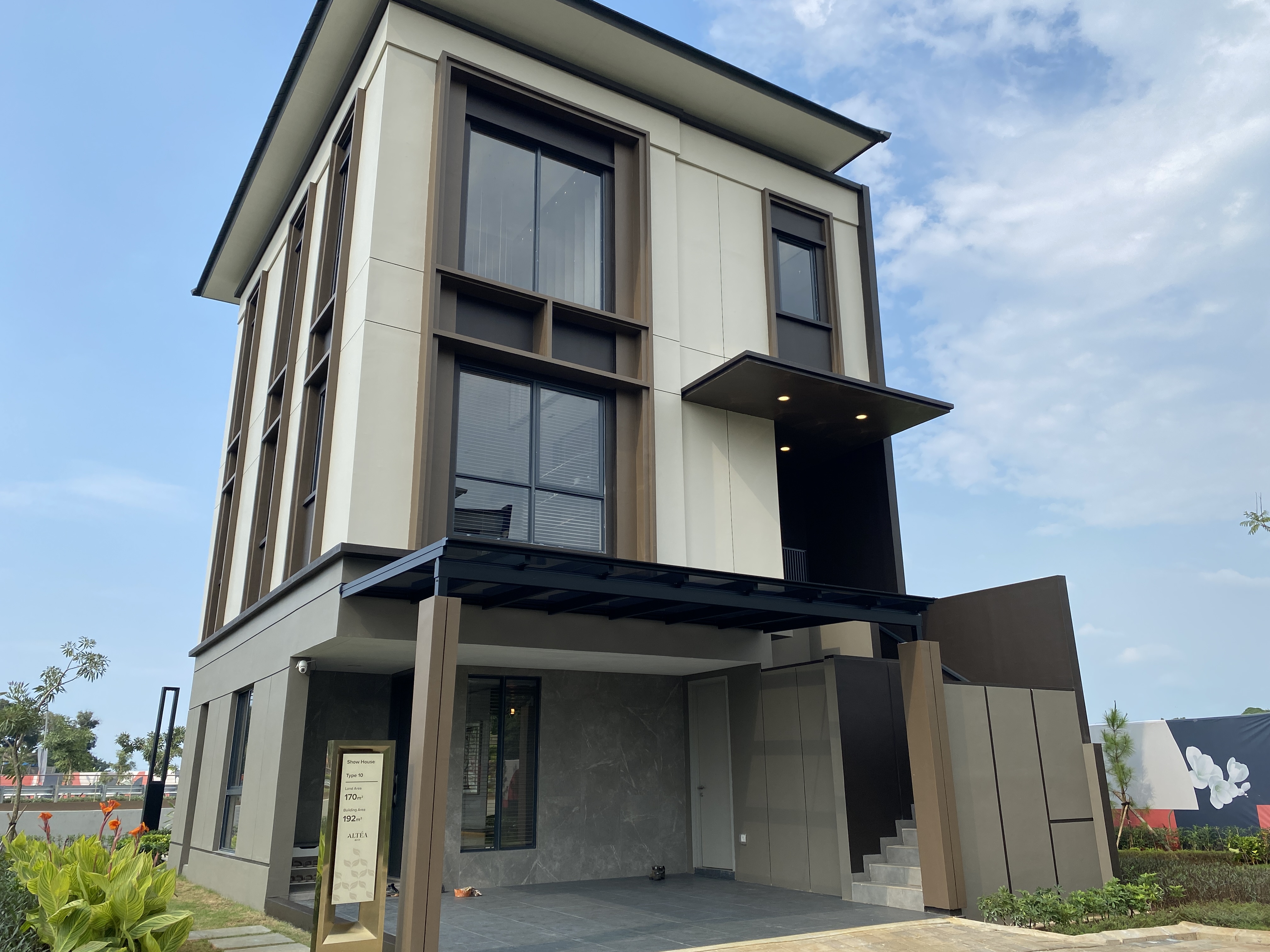
Astra Property, a subsidiary of Astra International engaged in commercial, residential and industrial properties, is formulating a special strategy to target the first-time homebuyer market segment, in line with the shifting trend of property consumer needs in Indonesia.

Subscribe for Free
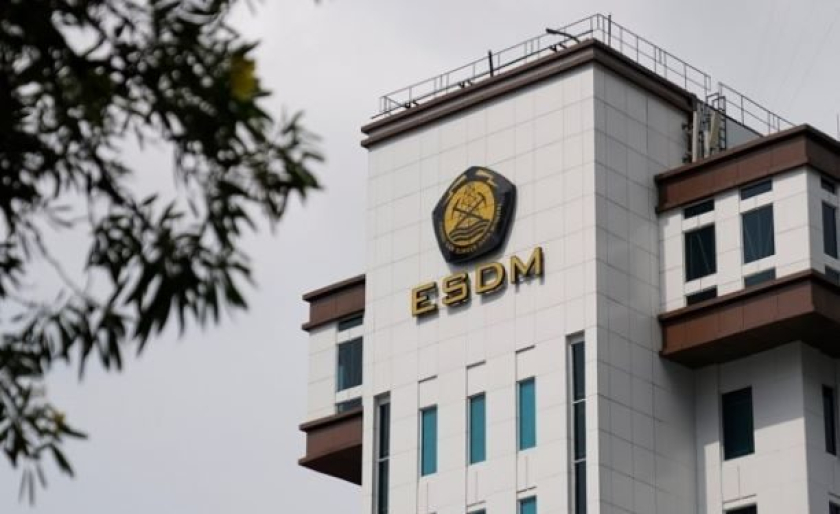
Experts have warned that the Minister of Energy and Mineral Resources (ESDM) Regulation No. 10/2025 on Energy Transition Roadmap for the Electricity Sector that is meant as a legal framework for early retirement of coal-fired power plants (CFPPs) lacks critical details and may hinder Indonesia's climate goals if not improved.

Minister of Energy and Mineral Resources (ESDM), Bahlil Lahadalia has signed the protocol for amending the Memorandum of Understanding (MoU) on energy between Indonesia and Denmark in the field of Renewable Energy, Clean Energy and Energy Conservation.
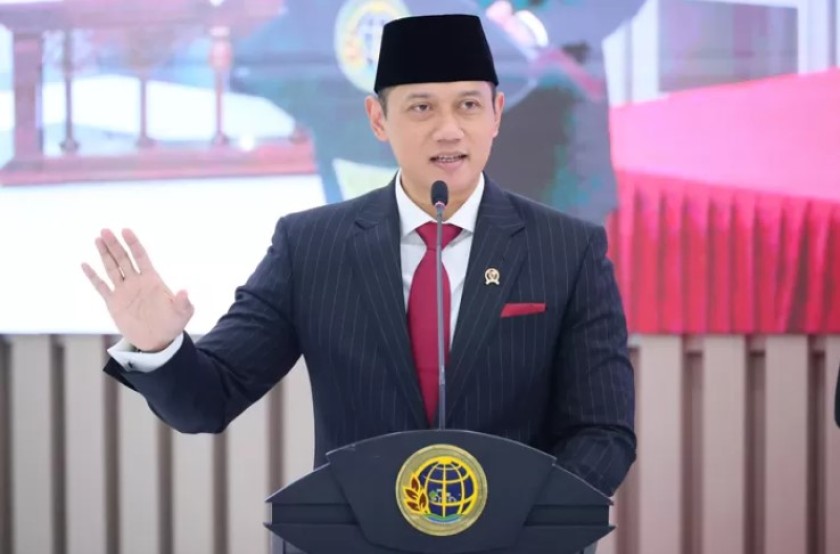
Coordinating Minister for Infrastructure and Regional Development, Agus Harimurti Yudhoyono (AHY), is pushing for the development of West Java International Airport (BIJB) Kertajati, into an aerospace industrial area (Aerospace Park) aimed at strengthening new economic growth in the Majalengka area, West Java.
Get the latest business insights and discover high-potential opportunities in emerging markets that are redefining Indonesia’s economic landscape.
Uncovers the dynamics of state-owned enterprises and corporate giants with a vibrant and insightful approach, making the corporate world both fascinating and accessible.

Bold opinions and cutting-edge perspectives from thought leaders on the burning issues of our time.
Unveil the stories of influential figures transforming Indonesia’s industries, economy, and political landscape.
Sofyan A. Djalil was born in 1953 in Aceh. Djalil is the Minister of Agrarian and Spatial Planning of Indonesia. He was a very persistent person at a young age to reach his goals, that persistence made him successful in studying at the University of Indonesia (UI). At UI, he studied Business Law and graduated in 1984. He then met his future wife, Dr. Ir. Ratna Megawangi, M.Sc. and has 3 children.
Siti Nurbaya Bakar was born in 1956 in Jakarta to Mochamad Bakar and Sri Banon. She is the current Minister of Environment and Forestry. Her father is a retired Betawi Police officer and his mother is from Lambung. Siti is married to Rusli Rachman and has two children: Meitra Mivida NR and Ananda Tohpati.
Sandiaga Salahuddin Uno was born in 1969 in Riau, Indonesia. Uno is the current Minister of Tourism and Creative Economy. During his childhood, he met with Erick Thohir and was in the same elementary school as a schoolmate. Sandiaga Uno was an undergraduate of Wichita State University in the United States, he graduated with a cum laude. He continued his university education in the United States at George Washington University in 1990 after receiving a paid scholarship from William Soerjadjaja and graduated with an MBA in 1992 and a GPA 4.00.
Wahyu Sakti Trenggono was born in Semarang in 1962, He is the current Minister of Maritime Affairs and Fisheries. Trenggono is a person who focuses on business development. He attended a bachelor's degree in Industrial Engineering at the Bandung Institute of Technology in 1986, after which he continued his Masters in Management at the Bandung Institute of Technology.
Mohammad Ridwan Kamil called Kang Emil or Ridwan was born in Bandung in 1971. Kamil is the Governor of West Java since 2018. He is the son of a husband and wife Dr. Atje Misbach, S. H. and Dra. Tjutju Sukaesih. Ridwan is the second of five children. Ridwan has a family, he is married to Atalia Praratya Kamil and has children Camillia Laetitia Azzahra and Emmiril Khan Mumtadz.
Deep dives into hidden truths, exposing the scandals and secrets that shake the foundations of business and governance.
Dissecting the pulse of the nation’s politics, where power plays and policies collide in a fight for the future.
Powerful insights into the key political players pulling the strings behind government decisions and shaping the nation's future.
Explore the global forces shaking the world and their ripple effects on Indonesia’s destiny.
The nation’s ability to manage and recover from challenges is evaluated through its strategies in food security, defense, and energy preparedness. This section assesses Indonesia’s effectiveness in tackling crises and ensuring national resilience.
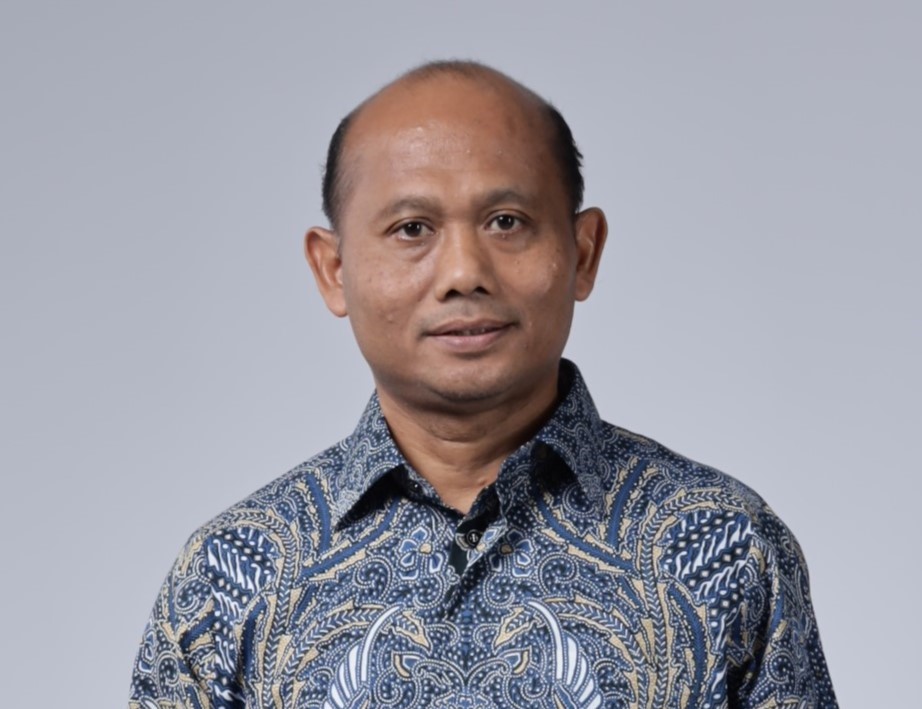
A glimpse into the minds of visionary leaders driving corporate giants and redefining success.
Immersive storytelling and conversations that bring the most critical topics to life through multimedia experiences.
Step into the shadowy world of cyber threats, espionage, and national security in the digital age.
French Minister of Foreign Trade Laurent Saint-Martin met with Indonesian Minister of Communication and Digital Application Meutya Hafid on Wednesday, April 9, 2025, , discussing progress update of the National Data Center (PDN-1).
The Ministry of Communication and Digital Application (Komdigi) is reviewing cooperation in building a joint Artificial Intelligence (AI) center in ASEAN along with China, considered to be the largest in terms of cooperation in developing digital infrastructure.
Meutya V. Hafid, Minister of Communication and Digital Application (Komdigi), representing President Prabowo Subianto, is attending the Artificial Intelligence Action Summit (AIAS) Meeting in Paris, France on Monday, February 10-11, 2025.
Hacker Bjorka, who shook Indonesia in 2022 and 2023 when the nation had yet to completely free from the Covid 19 pandemic, now returns with an X account revealing that several private and state-owned banks in Indonesia, such as BCA, BNI, BSI, Bank Mandiri and the Central Bank (BI) will be the next targets of ransomware hacker groups.
The Indonesian and Indian governments have formalized cooperation in the digital sector through the signing of a Memorandum of Understanding (MoU) between the Indonesian Ministry of Communication and Digital (Komdigi) and the Indian Ministry of Electronics and Information Technology.
Minister of Communication and Digital Application (Komdigi) met with Head of the Special Investigation and Development Control Agency (BPPIK) on Thursday, January 9, 2025, discussing the eradication of online gambling, with focus on improving information technology (IT), IT governance, and improving human resources (HR).
A chilling look into the underworld of corruption, illicit wealth, and shadow economies.
Minister of Agriculture Andi Amran Sulaiman has confirmed the legal process against an agricultural observer allegedly involved in a fictitious project that cost the state Rp5 billion (US$300,000).
The Indonesian government has decided to put illegal oil and gas operations under the supervision of State energy company PT Pertamina.
The Ministry of Energy and Mineral Resources (ESDM) has commended the swift action taken by the Specific Crimes Directorate at the National Police Headquarters in apprehending perpetrators involved in the illegal refilling of thousands of Liquefied Petroleum Gas (LPG) cylinders in Gianyar, Bali.
The Central Jakarta Prosecutors’ Office is investigating a case of alleged corruption in the procurement of goods/services and the management of the Provisional National Data Center (PDNS) at the Ministry of Communication and Digital Application (Komdigi).
Unravel the intricate threads of justice, societal transformation, and cultural narratives shaping Indonesian society.
Amidst noisy narrative of green energy, clean energy transition, and booming nickel industry − the backbone of the world's electric vehicles − the Mining Advocacy Network (Jatam) continues to speak up from the margins.
The supreme leader of the Catholic Church and Head of State of the Vatican, Pope Francis, passed away on Monday, April 21, 2025, at 07.35 local time in Vatican.
The push to immediately pass the Indigenous Peoples Rights Bill has resurfaced as the need for legal protection for traditional rights of indigenous peoples becomes increasingly crucial.
Escape into the world of indulgence, from serene getaways to the cultural riches that refresh the soul.
By Nikolaus Loy, a lecturer on international relations at the UPN Veteran University. Yogyakarta
Finance Minister Sri Mulyani has allocated an additional investment of IDR 1.90 trillion (IDR 122 million) to three international financial institutions − the Islamic Development Bank, the International Fund for Agricultural Development, and the International Development Association − this year.
An economic burden worth Rp124 trillion (US$7.6 billion) could be prevented through the early retirement plan of the Cirebon-1 and Pelabuhan Ratu Coal-fired Power Plants (PLTU), a Center for Research on Energy and Clean Air (CREA) report says.
Minister of Energy and Mineral Resources (ESDM), Bahlil Lahadalia, says that the government may revoke the Masela Block gas concession held by INPEX Corporation since no progress has been made ever since the concession was issued 26 years ago.